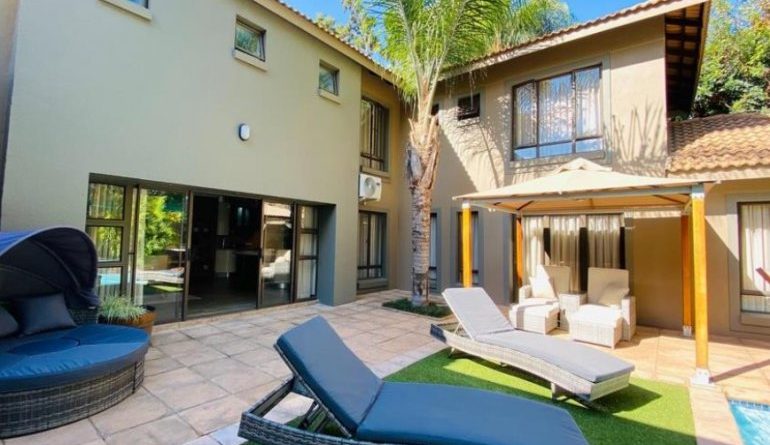Trophy trees, designer sculptures, high-value plants: Hot outdoor commodities for the ultra-rich
During the month of September, many homeowners flock outdoors to enjoy the start of Spring; this may even result in a purchase of a plant or two for one’s garden. But if you are super rich, your love for the outdoors may culminate into spend of anything between R500 000 and R1 million on a single tree for your property.
This trend in landscaping design for the wealthy is called a “trophy tree”, which essentially sees those with deep pockets purchase large, distinctive and unique trees used as central décor in garden or home design, similar to how a significant piece of art would be used to adorn the central walls of a home.
Although this is a design trend that has taken the USA by storm, with celebrities like Enrique Iglesias spending a fortune to get the perfect trees on their properties, whether by boat, helicopter, or flatbed truck; what about South Africa?
Spending trends
“The financial outlay that wealthy South Africans invest into their outdoor areas is high,” says Christelle Colman, MD of Elite Risk Acceptances, a high net-worth insurer and subsidiary of Old Mutual Insure. “Whether it is trophy trees, small vineyards, extravagant water features, irrigation systems, designer statue gardens or semi-permanent bedouin tents; these have all become outdoor status symbols for the ultra-rich, given that they often are brought in for aesthetic reasons.”
The pandemic has also forced ultra-rich homeowners to spend more time at home, which means that expensive home renovations, including garden makeovers, have boomed in the last year, according to Knight Frank’s research. Think championship-sized tennis courts, outdoor sauna pods and even real-life indoor gardens.
“High net worth homeowners also extend their love for high value collectibles to their garden, say with cycads, which are rare, making them one of the most collectable of valuable plants.”
Insurance missteps
And yet, many high-net worth homeowners often fail to account for insurance of these valuable outdoor assets, whether trees or plants, or an entire newly lavishly landscaped garden.
“Problems arise when damage occurs to infrastructure – whether inside or outside – say, from someone driving into the property, or theft of your high-value plant collection, and homeowners are shocked to find out that they are not covered by their current insurance policy.”
An incident in Kirstenbosch National Botanical Garden years back saw thieves make off with 23 cycads, conservatively worth some R700 000 in the commercial trade, during the night. Collectors pay for cycads by the seed. With some plants fetching US$1000 per seed, a plant no more than a metre high could be worth US$100,000.
“Another costly mistake is when policyholders assume that their homeowner’s insurance cover automatically extends to protect their garden and outdoor areas.”
This risk is especially high considering that outdoor areas are more exposed to potential damage than any other, Colman notes. “So while damage caused to a property, permanent fixture or home improvement by an electrical fire, will most likely be covered by homeowner insurance, the same is not necessarily true for damage caused to a landscaped garden or outdoor infrastructure.”
She says it is important to be aware of what is covered by your insurance policy and what add-ons you will need to ensure your home is properly covered both inside and outside. This is particularly important when renovations and modifications have been made to outdoor areas.
Below are Colman’s top tips to ensure you protect your high-value outdoor assets:
- To avoid the risk of being financially liable for any costly restorations, always specifically include outdoor features to ensure they are covered by the home’s buildings insurance policy. “This is particularly important when renovations and modifications have been made to any outdoor area,” Colman adds.
- Homeowners with large trees on their properties should also consider the liability risk. “If a tree that is dying as a result of natural causes becomes a risk to insured physical property, the policyholder will be legally obliged to remove the tree on their own account. Tree removal can cost anything between R10 000 and R20 000, and should removal be required as an effort to maintain the property in an insurable state, the costs will generally be for the insured’s own account.”
- To make sure your landscaped garden is covered in all instances, enlist the help of a specialist insurance adviser.




